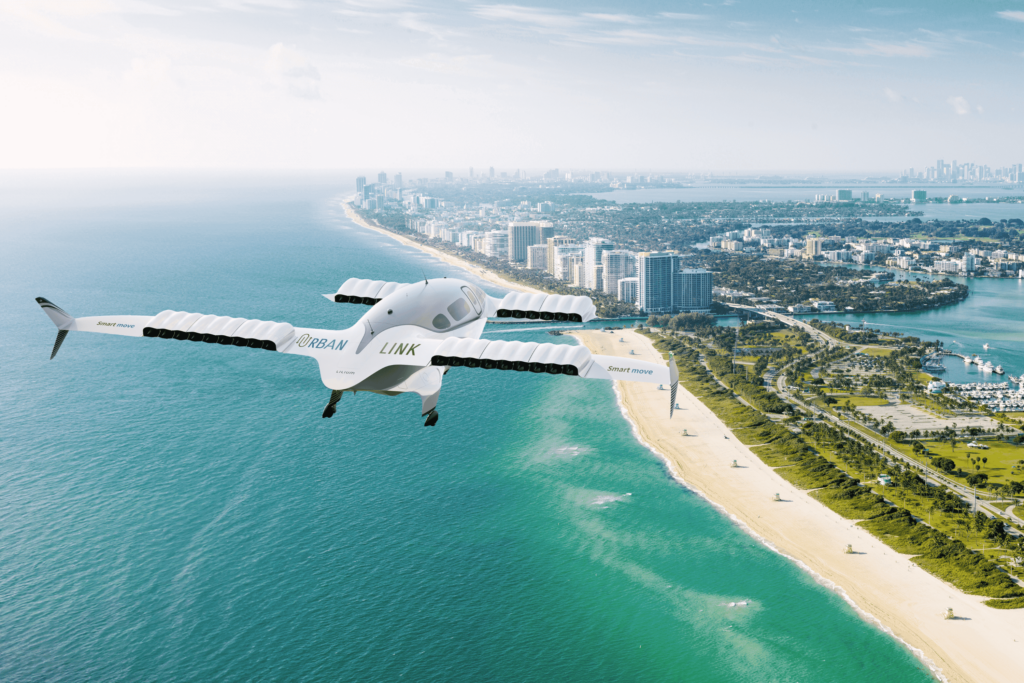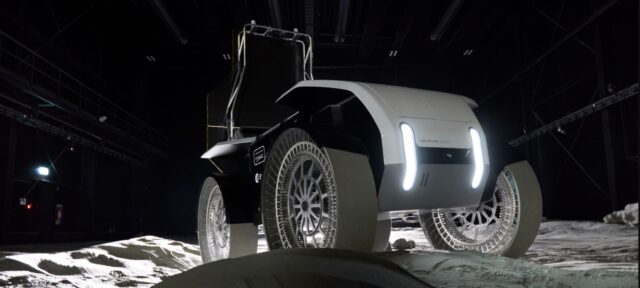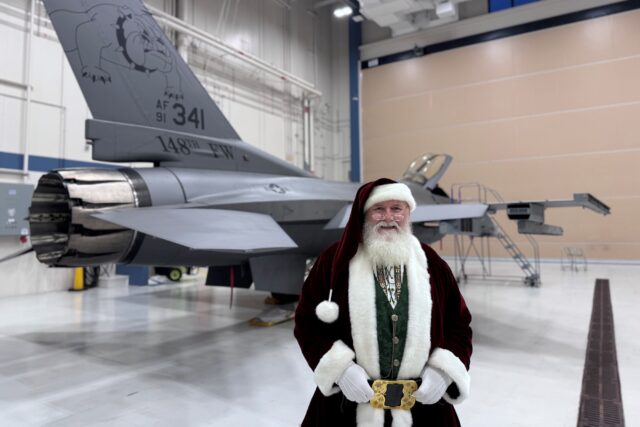Archer acquires Lilium patents in €18m deal as eVTOL consolidation begins

October 15, 2025

Archer Aviation has snapped up the intellectual property of defunct German eVTOL pioneer Lilium, winning a competitive bid to acquire around 300 patent assets for €18 million. The deal, announced at NBAA-BACE 2025 in Las Vegas, marks one of the most significant consolidations yet in the emerging advanced air mobility (AAM) sector.
The purchase dramatically expands Archer’s technology base and strengthens its claim to leadership in next-generation electric aviation. It comes as the company prepares to bring its Midnight air taxi into production and seeks to position the United States at the forefront of eVTOL innovation.

“Lilium’s pioneering work advanced the frontier of eVTOL design and technology, and we’re excited to bring their cutting-edge technologies into the fold at Archer as we advance our product roadmap,” said Adam Goldstein, Archer’s founder and CEO. “Through this purchase, we’re gaining key enabling technologies that bolster our current platforms, including what we believe to be the world’s leading patent portfolio on ducted fan technology.”
Archer reportedly beat out bids from Joby Aviation and the Ambitious Air Mobility Group (AAMG), a Dutch consortium that had sought to acquire Lilium’s full operations rather than just its IP. While AAMG claimed to have met all financial and procedural requirements, the insolvency administrator ultimately favoured Archer’s proposal for its execution certainty and clear scope of assets.
What Lilium assets did Archer get?
The Lilium portfolio, built over a decade of development, includes patents across the full span of eVTOL engineering. Among the technologies Archer will now control are innovations in ducted fans, propeller systems, high-voltage distribution, battery management, aircraft design, flight control systems, and electric propulsion.
These additions take Archer’s total IP holdings to more than 1,000 patent assets worldwide, considerable for a company seeking to dominate both the US and global eVTOL markets.

Lilium’s work was particularly notable for its ducted-fan architecture, a design aimed at delivering higher efficiency and lower noise than open-rotor concepts. Archer suggests this technology could support not only its current Midnight aircraft but also future ventures into light-sport and regional eVTOL platforms, areas expected to benefit from the FAA’s newly modernised MOSAIC rule, encouraging innovation in small-aircraft certification.
What went wrong for Lilium?
Founded in 2015, Lilium GmbH was once among Europe’s most promising AAM start-ups. Its all-electric Lilium Jet, powered by 30 ducted fans, targeted regional connectivity rather than short-range urban flights, setting it apart from competitors such as Joby, Archer and Volocopter.
But despite raising over $1.5 billion, the company struggled to turn technical ambition into commercial reality. High energy consumption, complex certification hurdles, and the sheer cost of sustaining a flight-testing and manufacturing programme proved insurmountable.

Production delays, dwindling cash reserves, and investor fatigue eventually forced the company to offload its most valuable remaining asset — its intellectual property.
The sale to Archer effectively closes the chapter on Europe’s most technically ambitious eVTOL, while ensuring its core innovations survive under a new owner with stronger industrial backing and clearer certification momentum.
Consolidation in the eVTOL and AAM space begins
Archer’s acquisition follows another major reshaping of the industry: the sale of Volocopter to a Chinese buyer, signalling the start of a consolidation wave as cash-strapped developers seek exits and larger players secure strategic assets.
Together, these deals highlight a maturing market where intellectual property, certification progress, and manufacturing capacity are becoming the true currency of survival.
Archer’s move represents both a strategic and symbolic win, keeping a world-class technology portfolio in American hands while reinforcing national leadership in advanced electric aviation.
For the broader AAM sector, it underscores an inevitable truth: after years of parallel experimentation, the eVTOL race is now narrowing to a few well-funded, execution-driven contenders.
















